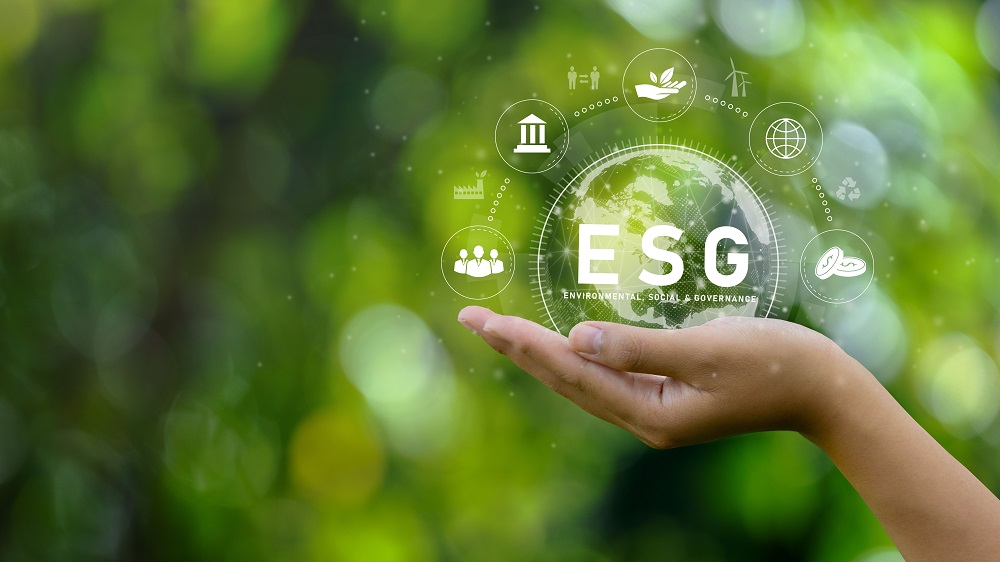
In the construction industry, key technology trends such as IoT and Building Information Modelling (BIM), as well as macroeconomic trends such as health and safety, environmental certification, and sustainable building materials, are having a major impact on ESG performance across the sector.
Let’s take a closer look at the key trends impacting ESG initiatives in the construction industry.
Building Information Modelling
Digital transformation is key to improving efficiency, which can in turn boost performance across all three ESG pillars. BIM, for example, provides data that can be extracted, exchanged or networked to support decision-making regarding a built asset. BIM software is used by companies to plan the design and construction of a building, or to manage operations by relating the building structure to water, refuse, electricity, gas, communication utilities, roads, railways, bridges, ports and tunnels and provide a means for building owners to drastically reduce energy usage.
With these informed decisions regarding design, construction and managing operations, building owners need partners that share their ESG goals. One company that values all three initiatives is the leading manufacturer of dynamic liquid crystal glazing, eyrise. Its switchable glass products include eyrise s350, which allows users to control how much light and heat passes through the glass on-demand or via a building management system. eyrise i350, meanwhile, allows users to instantly switch between full transparency and privacy glass.
eyrise utilises 3D parametric modelling using LadyBug Tools to predict how their products will interact with the elements over a sustained period of time. This technology enables an analysis of climate and weather conditions, as well as measurements of the natural light, shadow, and solar heat gain that a building can experience based on its orientation.
As a result, these models can provide accurate information on the need for solar shading and its position, and what eyrise mixture to opt for. The solar shading glass adjusts the amount of light and solar radiation that comes into the building depending on the climate, which significantly reduces expenditure on cooling during the summer.
Internet of Things
Internet of Things (IoT) technology can connect communities to their lived environment, improve operational efficiency, and optimise costs by monitoring energy and water use. When it comes to IoT devices connected to a building management system, not only do people have better control of facilities, but automated systems can also optimise energy usage. eyrise s350 is a prime example of how embracing technology in a building management system can improve operational efficiency.
In addition to helping building owners to reduce their energy usage, a connection to the outside can have a significant impact on occupants’ mental well-being. According to research conducted by Elementa Consulting, dynamic liquid crystal glazing is better for occupants’ health and well-being than electrochromic smart glass. By maintaining a neutral environment across the tint spectrum, liquid crystal windows support occupants’ natural circadian rhythms throughout the day, offering a more positive impact on health and well-being and reducing absenteeism in offices.
In a poll conducted by GlobalData, 64% of respondents said that the main barrier to investment in ESG activities was construction cost. However, research by Boston Consulting Group suggests that a reduction in absenteeism equates to an extra 4.4 days of productivity gained. Translated into financial results, it means an $860 million saving on health costs and an $82.5 million saving on energy throughout the year.
Green Certification
The Green Building Council (GBC) and Leadership in Energy and Environmental Design (LEED) rating system was created to standardise the way energy usage, materials performance and building-related environmental issues are measured. GBC performance comprises three focus areas: society, economy and ecology. An assessment is carried out by an accredited organisation, which can grant silver, gold, or platinum certification. The system also provides recognition and a competitive advantage to buildings that achieve higher standards of sustainability and support to the community.
eyrise has helped customers across the globe to achieve GBC certification, as well as various other ESG-related standards such as SNBS, WELL, LEED, HQE, and DGNB. In addition to reducing energy usage and contributing to improved mental well-being, eyrise products are certified through an Environmental Product Declaration (EPD), and all have CE marks.
The windows are produced in Europe, and the production facility in Veldhoven, The Netherlands, uses 100% sustainable energy. The location favours the development of local economies within the territory and offers a reduced supply chain for customers sited in the same geographical region, therefore limiting fuel consumption for transportation, which is done on stillages to minimise packaging materials.
To find out more about how eyrise can help you to meet your ESG goals, download the whitepaper below.


